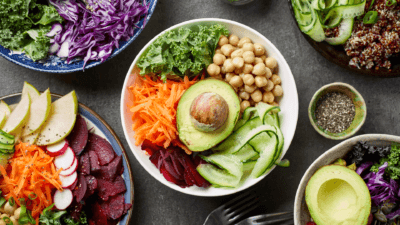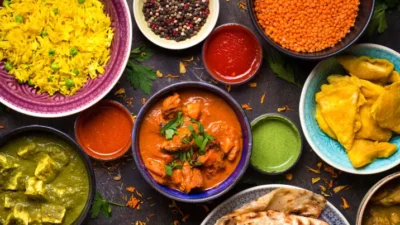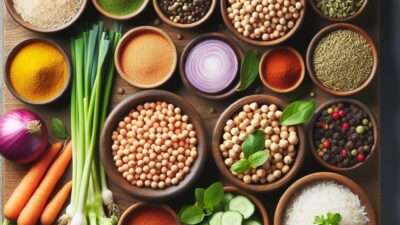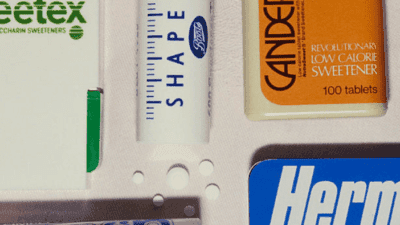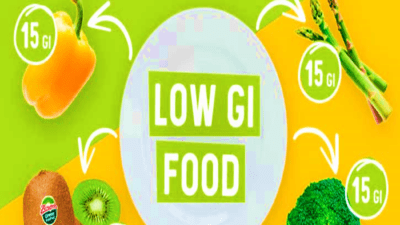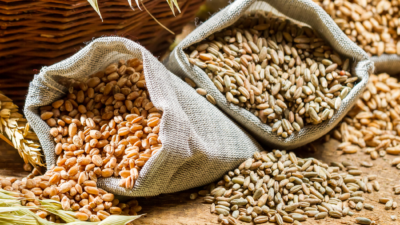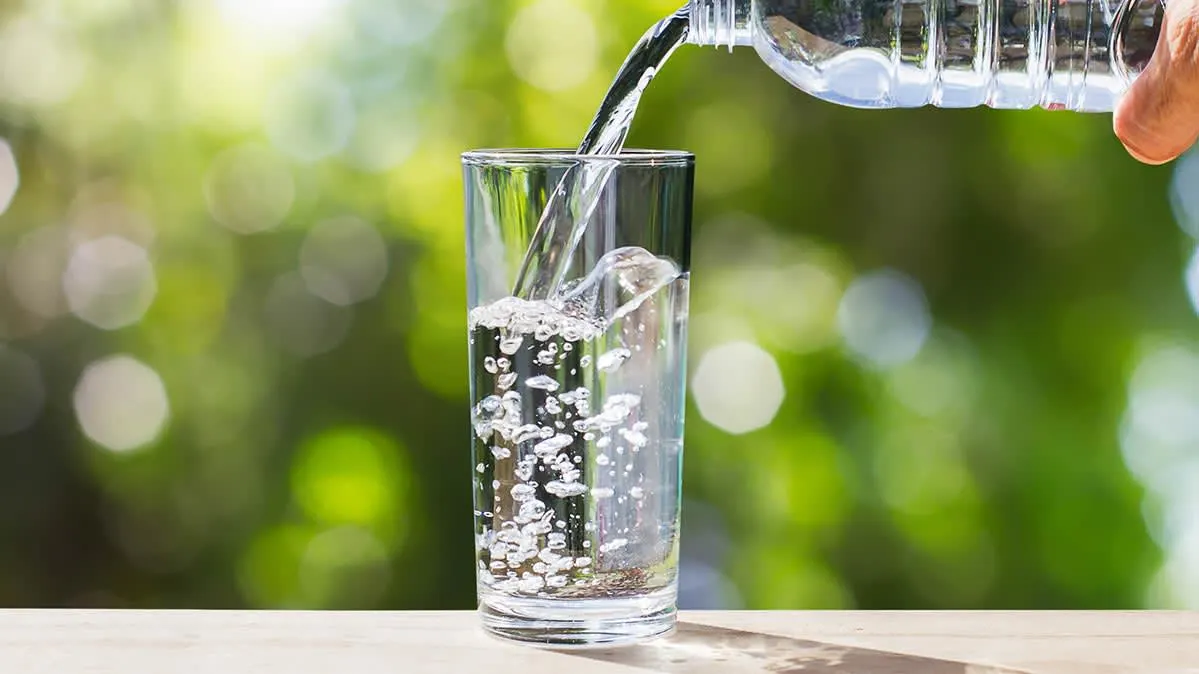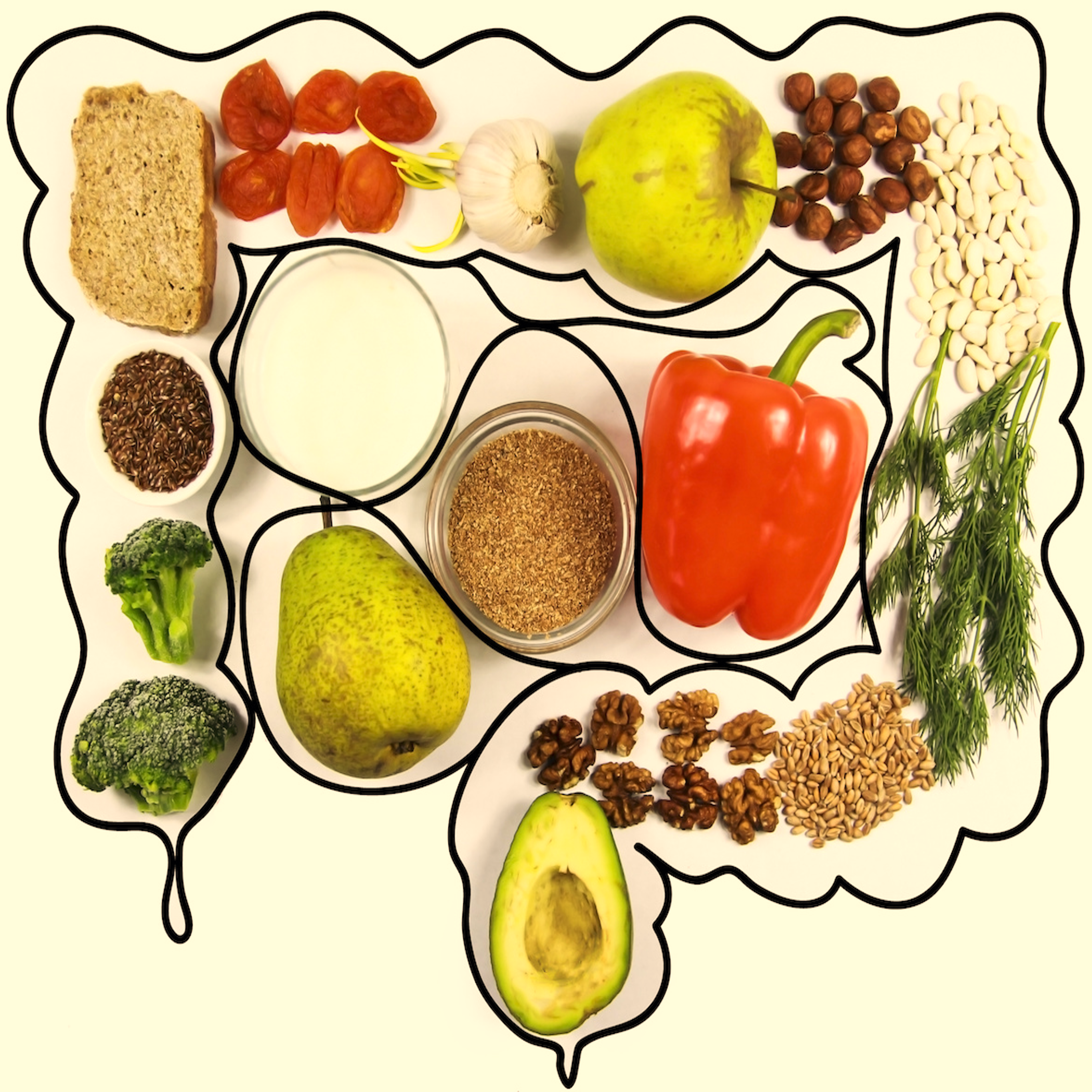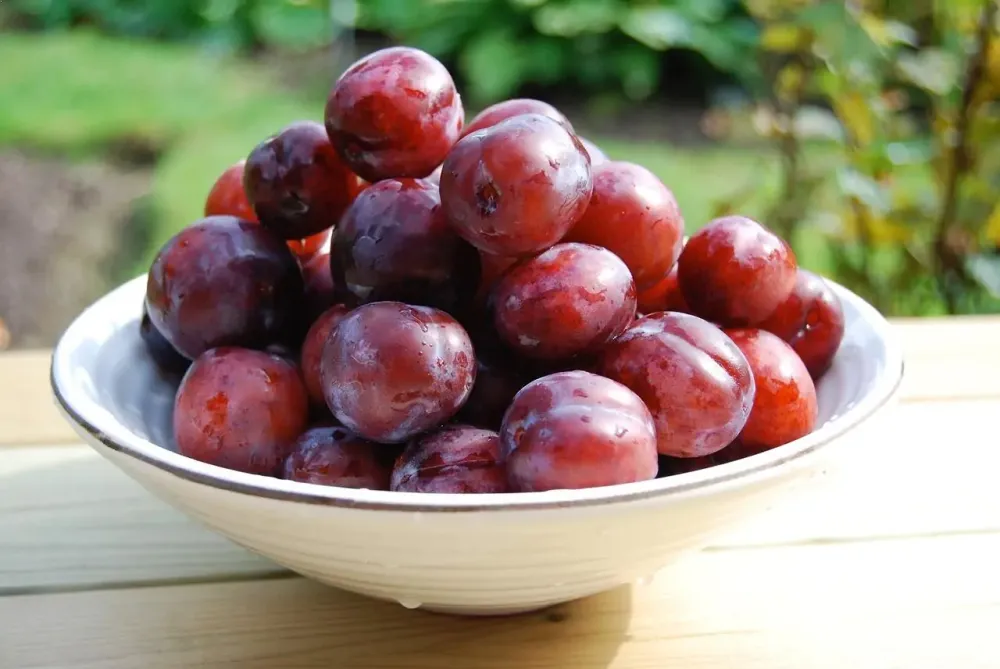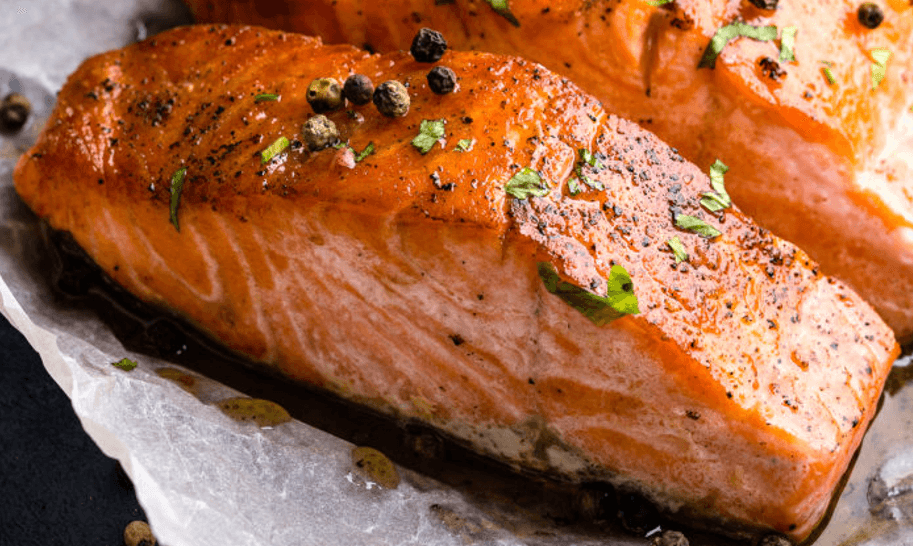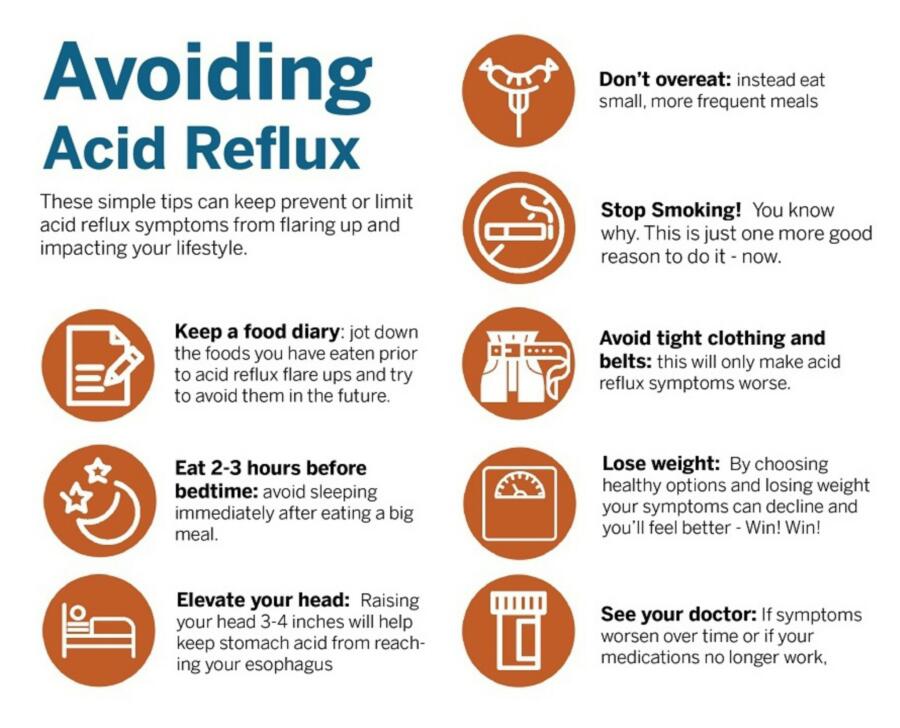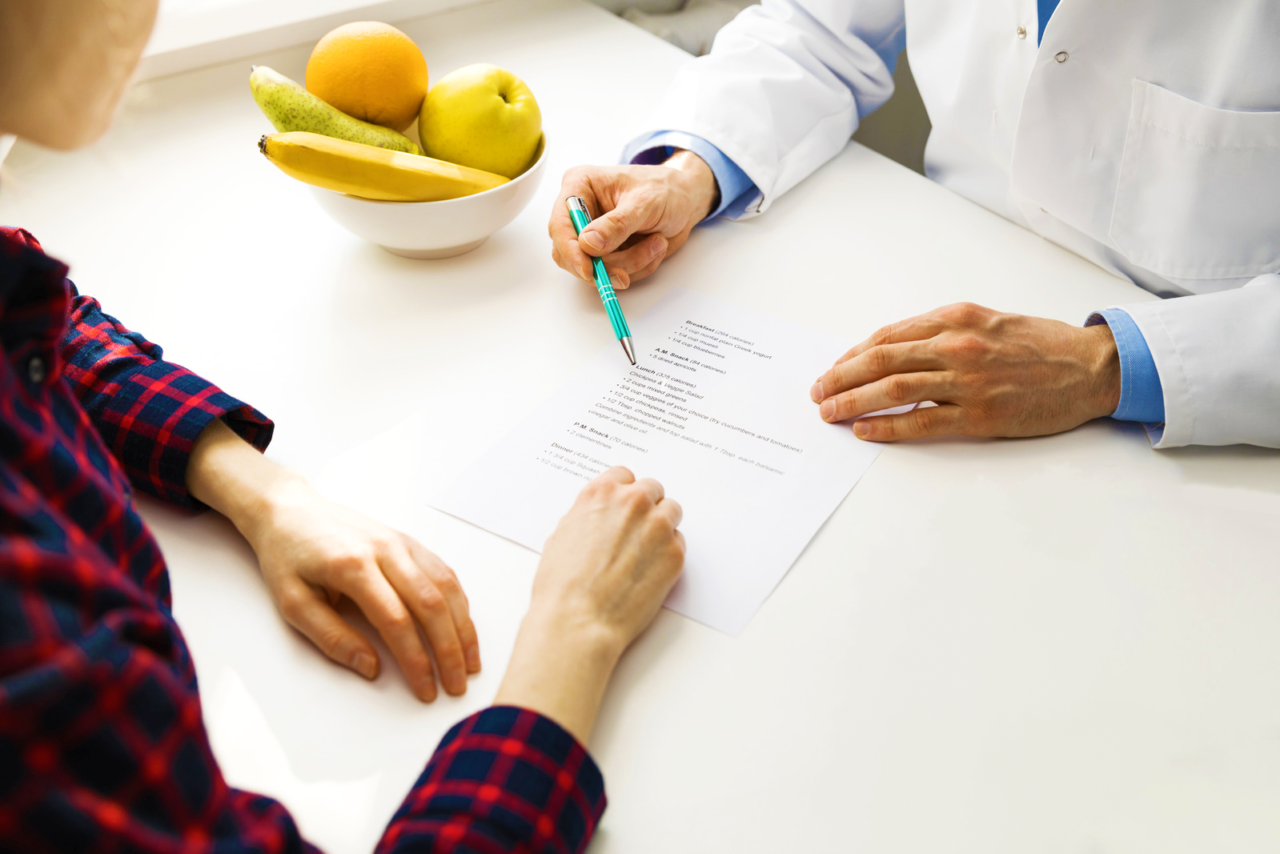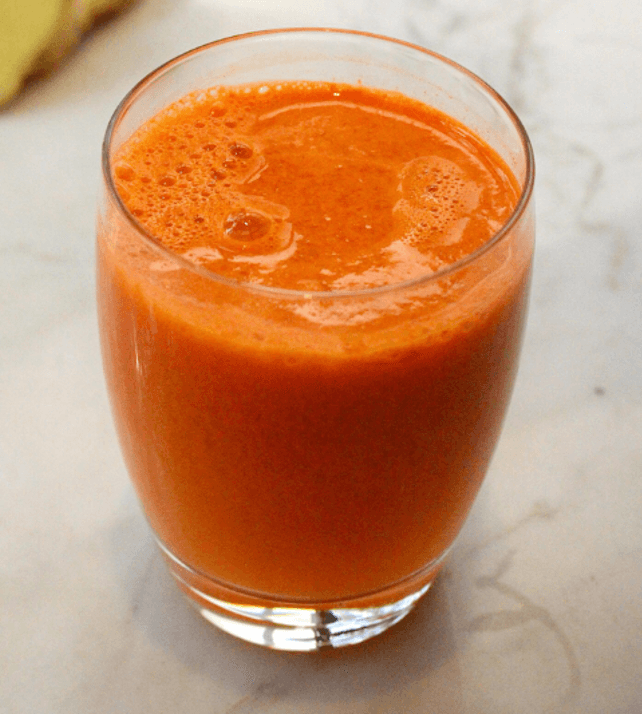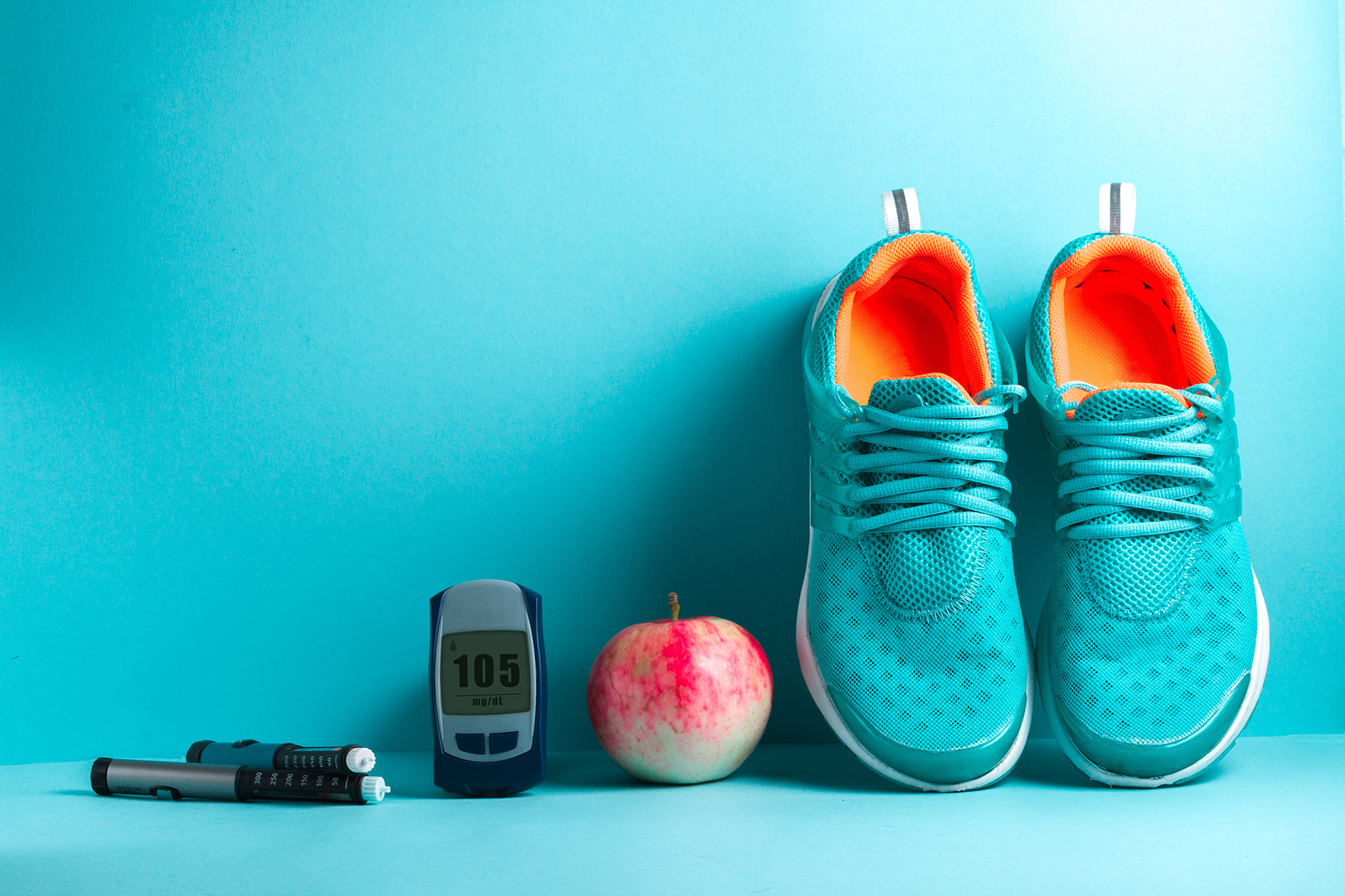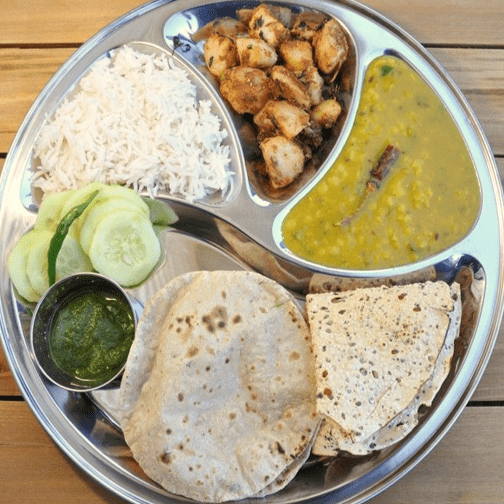Living with diabetes in India often comes with unique dietary challenges, given the rich culinary traditions and staple foods that are frequently high in carbohydrates. However, a diabetes diagnosis doesn’t mean sacrificing the flavors you love or the cultural context of your meals. In fact, a thoughtfully structured diabetes-friendly Indian diet can be incredibly effective in managing blood sugar levels, preventing complications, and improving overall well-being. This guide offers a comprehensive 7-day Indian diet plan for diabetic patients, tailored to incorporate traditional Indian ingredients and cooking methods while adhering to crucial diabetic dietary principles.
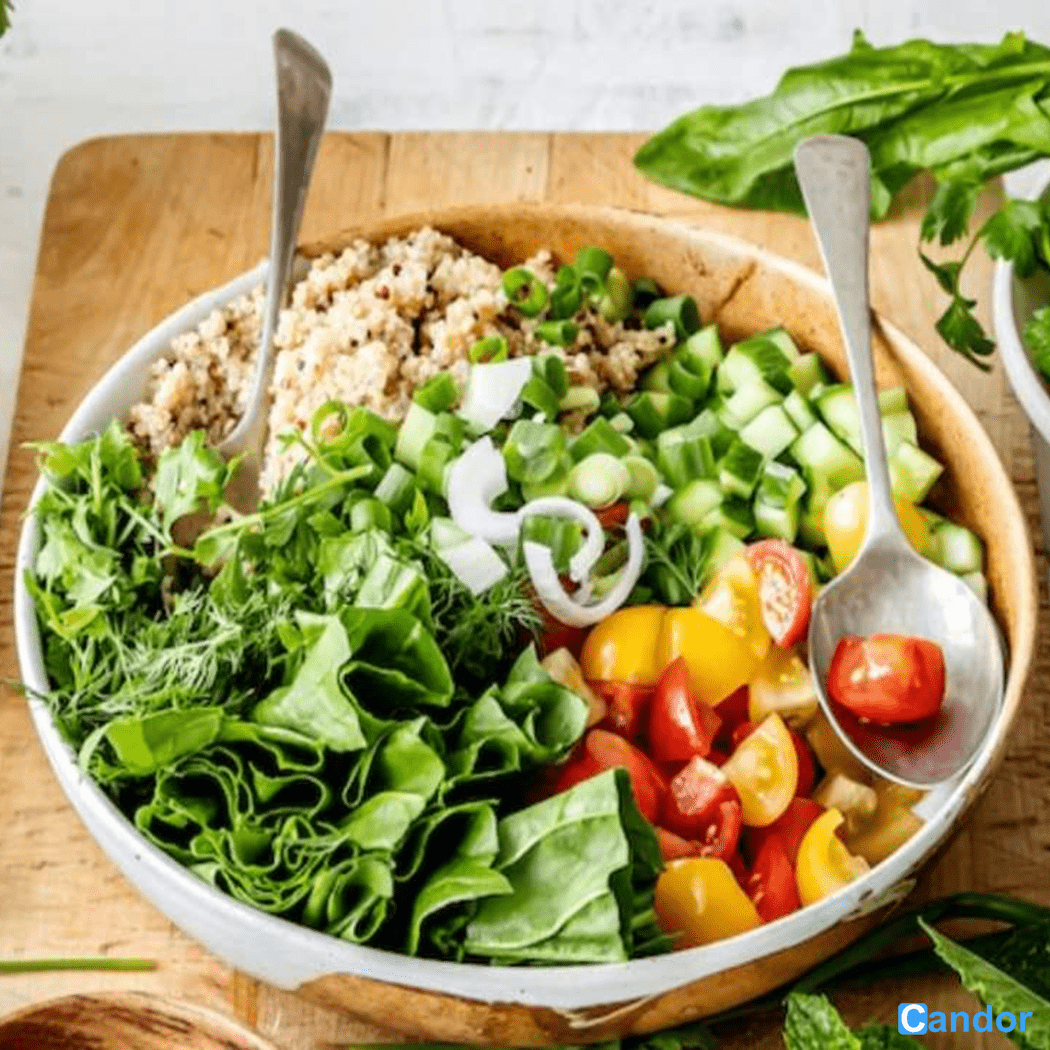
Our aim is to provide practical, evidence-based dietary guidance that fits seamlessly into your real life, respects your food preferences, and aligns with your cultural context. By focusing on whole, unprocessed foods, balanced macronutrients, and mindful eating, this 7 day Indian diet plan for diabetic patients will empower you to take control of your health without feeling deprived.
Understanding Diabetes and Indian Dietary Principles
Diabetes management primarily revolves around controlling blood glucose levels, and diet plays a pivotal role in achieving this. For individuals with diabetes, it’s not just about what you eat, but also how much and when. An effective diet plan focuses on balancing carbohydrates, proteins, and fats to minimize post-meal blood sugar spikes and maintain stable energy levels throughout the day.
Indian cuisine, known for its diverse use of spices, lentils, vegetables, and grains, can be incredibly beneficial for diabetics when adapted correctly. The core principles of a diabetes-friendly Indian diet emphasize whole grains like ragi, jowar, and bajra over refined grains, a generous intake of non-starchy vegetables, and lean protein sources. Healthy fats, consumed in moderation, and a rich array of spices known for their therapeutic properties further enhance the nutritional value of these meals. Furthermore, understanding simple strategies for success in a diabetes diet is key to long-term adherence.
Key Components of a Diabetes-Friendly Indian Plate
Building a balanced plate is fundamental to any diabetes management plan, especially within the context of Indian cuisine. The key is to select ingredients that have a low glycemic index, are rich in fiber, and provide sustained energy without causing rapid blood sugar fluctuations. This approach makes our 7 day Indian diet plan for diabetic patients both effective and enjoyable.
Whole Grains for Sustained Energy
Unlike refined grains, whole grains retain their bran and germ, which are packed with fiber, vitamins, and minerals. This fiber content slows down glucose absorption, preventing sudden spikes in blood sugar. Incorporating options like ragi (finger millet), jowar (sorghum), bajra (pearl millet), brown rice, and whole wheat atta (flour) for rotis and chapatis is crucial. These grains not only provide complex carbohydrates but also contribute to a feeling of fullness, aiding in portion control.
- Ragi: High in calcium and fiber, excellent for blood sugar control.
- Jowar: Gluten-free, rich in antioxidants and dietary fiber.
- Bajra: Contains iron, magnesium, and fiber, good for heart health.
- Brown Rice: A healthier alternative to white rice, providing slow-release energy.
Legumes and Pulses: Protein Powerhouses
Dals (lentils) and pulses are staples in Indian households and are excellent sources of plant-based protein and dietary fiber. Protein helps in satiety and has a minimal impact on blood sugar levels, while fiber aids digestion and glucose management. Include a variety of options like moong dal, masoor dal, chana dal, rajma (kidney beans), and chole (chickpeas) in your daily meals. These versatile ingredients can be prepared in numerous delicious ways, from simple dals to hearty curries.
- Moong Dal: Easy to digest, low in fat.
- Rajma: High in fiber and protein, very filling.
- Chickpeas: Good source of plant protein and complex carbs.
Non-Starchy Vegetables: Nutrient-Dense and Low Calorie
Vegetables are the backbone of a healthy Indian diet, especially for diabetics. Non-starchy vegetables like spinach, fenugreek leaves (methi), broccoli, cauliflower, cabbage, gourds (lauki, turai, karela), bell peppers, and tomatoes are low in calories and carbohydrates but rich in vitamins, minerals, and fiber. They can be consumed in larger quantities, adding volume and nutrients to your meals without significantly impacting blood sugar. Aim to fill at least half your plate with these colorful, nutrient-dense options at every main meal.
- Leafy Greens: Packed with vitamins and minerals, very low carb.
- Bitter Gourd (Karela): Traditionally believed to help manage blood sugar.
- Broccoli and Cauliflower: High in fiber and antioxidants.
Lean Proteins for Muscle Health
Adequate protein intake is vital for diabetics as it helps in muscle repair, satiety, and moderating blood sugar responses. For vegetarians, sources like paneer (in moderation), tofu, tempeh, and various legumes (as mentioned above) are excellent. Non-vegetarians can opt for lean meats like chicken breast, fish, and eggs. Incorporating a protein source at each meal helps stabilize blood glucose and keeps hunger at bay. The importance of protein, especially at breakfast, is highlighted in the critical role of breakfast in managing Type 2 diabetes for Indian diets.
- Paneer: Good source of protein and calcium, but watch portion sizes due to fat content.
- Tofu: Plant-based, low in calories, versatile.
- Fish: Rich in Omega-3 fatty acids, beneficial for heart health.
Healthy Fats in Moderation
While fats are calorie-dense, healthy fats are essential for nutrient absorption, hormone production, and overall health. Incorporate good fats from sources like nuts (almonds, walnuts), seeds (chia, flax, pumpkin), avocados, and olive oil. Ghee can be used in moderation for flavor and healthy fat content. Avoid trans fats and limit saturated fats found in processed foods and excessive amounts of full-fat dairy. These healthy fats contribute to satiety and can also help slow down the absorption of carbohydrates, further aiding blood sugar control.
- Nuts and Seeds: Provide healthy fats, fiber, and protein.
- Olive Oil: Monounsaturated fats, good for heart health.
- Ghee: In small amounts, provides fat-soluble vitamins.
Low Glycemic Index Fruits and Low-Fat Dairy
Fruits, while healthy, contain natural sugars, so choosing low glycemic index (GI) options and consuming them in moderation is important. Berries, apples, guava, oranges, and papayas are good choices. Avoid high-sugar fruits like mangoes, bananas, and grapes, or consume them in very small, controlled portions. For dairy, opt for low-fat milk, yogurt (dahi), and buttermilk (chaas). These provide calcium and protein without excessive saturated fat or sugar, and are perfect for snacking or accompanying meals.
- Berries: Antioxidant-rich, low GI.
- Yogurt (Dahi): Probiotic benefits, good source of protein and calcium.
The 7-Day Indian Diet Plan for Diabetic Patients
This 7 day Indian diet plan for diabetic patients is designed to provide variety, balance, and adherence to diabetic dietary principles while celebrating the richness of Indian cuisine. Remember, portion control is key, and it’s always advisable to consult with a healthcare professional or a registered dietitian before making significant changes to your diet, especially when managing a chronic condition like diabetes. This plan serves as a template that can be adjusted based on individual preferences, medical needs, and activity levels. Hydration is also paramount; aim for 8-10 glasses of water daily.
General Guidelines for the Plan:
- Meal Timings: Aim for regular meal timings to keep blood sugar stable. Typically, 3 main meals and 2 small snacks.
- Portion Sizes: Use a plate method: half non-starchy vegetables, a quarter lean protein, a quarter whole grains/complex carbohydrates.
- Hydration: Drink plenty of water throughout the day.
- Cooking Methods: Prioritize steaming, grilling, baking, and stir-frying over deep-frying.
- Spices: Utilize traditional Indian spices like turmeric, cinnamon, fenugreek, and cumin, which have known health benefits, including potential blood sugar regulation.
Day 1: A Fresh Start
Start your week with meals that are packed with nutrients and fiber. For breakfast, a bowl of vegetable poha made with brown poha, loaded with peas, carrots, and onions, provides complex carbohydrates and fiber. Enjoy a small bowl of mixed fruit like berries or an apple as a mid-morning snack. Lunch could consist of a generous serving of mixed vegetable sabzi (e.g., green beans, carrots, capsicum) alongside two small jowar rotis and a bowl of dal. In the evening, a handful of roasted chana is a protein-rich and satisfying snack. Dinner could be a nutritious moong dal chilla (savory pancake) filled with grated vegetables, served with a side of mint chutney.
- Breakfast: Brown Poha with vegetables.
- Lunch: Jowar Roti, Mixed Vegetable Sabzi, Dal.
- Dinner: Moong Dal Chilla with vegetables.
Day 2: Wholesome & Hearty
On day two, begin with a high-protein breakfast of vegetable and paneer scrambled (paneer bhurji) with a side of whole wheat toast or ragi dosa. A cucumber and carrot salad can be your mid-morning refreshment. For lunch, try brown rice with a light fish curry (using minimal oil) or a chana dal curry, accompanied by a side of sautéed spinach. A small bowl of plain yogurt with a pinch of black salt makes a refreshing evening snack. Dinner features a nutrient-dense serving of rajma curry with a small portion of quinoa or brown rice, paired with a green salad.
- Breakfast: Paneer Bhurji with whole wheat toast/Ragi Dosa.
- Lunch: Brown Rice, Fish Curry or Chana Dal, Sauteed Spinach.
- Dinner: Rajma Curry, Quinoa/Brown Rice, Green Salad.
Day 3: Fiber-Rich Focus
Emphasizing fiber, kick off your day with a bowl of oats cooked with skim milk and topped with a few almonds. A small guava is a perfect mid-morning fruit. Lunch can be a wholesome vegetable and lentil soup, accompanied by one small whole wheat roti. For an evening snack, consider a handful of roasted makhanas (fox nuts). Dinner could be a serving of tofu curry (using non-starchy vegetables) with two small bajra rotis and a side of cucumber raita (yogurt dip).
- Breakfast: Oats with skim milk and almonds.
- Lunch: Vegetable and Lentil Soup, Whole Wheat Roti.
- Dinner: Tofu Curry, Bajra Rotis, Cucumber Raita.
Day 4: Lean & Green
Today’s plan focuses on lean proteins and ample greens. Start with two boiled eggs and a small bowl of sprouts salad. A handful of walnuts can serve as your mid-morning snack. Lunch might be a chicken or paneer tikka (grilled, not fried) served with a large portion of mixed greens salad and a light dressing. For your evening snack, try a glass of buttermilk (chaas) without added sugar. Dinner is a light vegetable pulao made with brown rice and plenty of mixed vegetables, served with plain low-fat yogurt.
- Breakfast: Boiled Eggs, Sprouts Salad.
- Lunch: Chicken/Paneer Tikka, Mixed Green Salad.
- Dinner: Brown Rice Vegetable Pulao, Low-Fat Yogurt.
Day 5: Southern Flavors, Diabetic-Friendly
Explore Southern Indian flavors today. Breakfast could be two idlis made from whole grain batter with sambar (lentil and vegetable stew) and a spoonful of coconut chutney (no added sugar). A small orange can be your mid-morning snack. Lunch features a serving of brown rice dosa with vegetable stew (sambar without potatoes). An evening snack of a small bowl of low-fat dahi (yogurt) can be very satisfying. Dinner includes a generous serving of mixed vegetable uttapam (savory pancake) made with whole grain batter, served with a thin lentil curry.
- Breakfast: Whole Grain Idli, Sambar, Coconut Chutney.
- Lunch: Brown Rice Dosa, Vegetable Stew.
- Dinner: Mixed Vegetable Uttapam, Thin Lentil Curry.
Day 6: Traditional Favorites, Healthier Twist
Enjoy healthier versions of traditional Indian meals. For breakfast, savor a healthy version of upma made with broken wheat (dalia) and plenty of vegetables. A small apple makes a good mid-morning snack. Lunch could be a chickpea (chole) curry made with less oil, served with two small multigrain rotis and a side of green salad. In the evening, a small bowl of roasted pumpkin seeds offers a nutritious boost. Dinner features a wholesome palak paneer (spinach and paneer) with two small whole wheat rotis, ensuring a good balance of protein and fiber.
- Breakfast: Dalia Upma with vegetables.
- Lunch: Chickpea Curry, Multigrain Rotis, Green Salad.
- Dinner: Palak Paneer, Whole Wheat Rotis.
Day 7: Rejuvenate & Reflect
Conclude the week with light and refreshing meals. Begin with a bowl of plain Greek yogurt topped with a few berries and a sprinkle of flax seeds for breakfast. A small bowl of mixed sprouts can be your mid-morning snack. Lunch could be a light vegetable biryani made with brown rice and a plethora of vegetables, served with a side of plain raita. For an evening snack, enjoy a glass of fresh lime water (nimbu pani) without sugar. Dinner is a healthy vegetable stir-fry with tofu or lean chicken, seasoned with Indian spices, served with a small portion of buckwheat (kuttu) roti.
- Breakfast: Greek Yogurt with berries and flax seeds.
- Lunch: Brown Rice Vegetable Biryani, Plain Raita.
- Dinner: Vegetable Stir-fry with Tofu/Chicken, Buckwheat Roti.
Beyond the Plate: Lifestyle Tips for Diabetes Management
While diet is a cornerstone, managing diabetes effectively requires a holistic approach that extends beyond what’s on your plate. Incorporating certain lifestyle habits can significantly enhance the effectiveness of your 7 day Indian diet plan for diabetic patients and contribute to overall well-being. These practices work in synergy with your dietary efforts to help maintain stable blood glucose levels and promote a healthier lifestyle.
Regular Physical Activity is Key
Engaging in regular physical activity is crucial for managing diabetes. Exercise helps improve insulin sensitivity, meaning your body can use insulin more effectively to lower blood sugar. Aim for at least 30 minutes of moderate-intensity exercise most days of the week, such as brisk walking, cycling, swimming, or yoga. Even short bursts of activity throughout the day, like taking the stairs instead of the elevator, can make a difference. Consistency is more important than intensity in the long run.
Stress Management Techniques
Stress can significantly impact blood sugar levels by triggering the release of hormones that raise glucose. Therefore, incorporating stress management techniques into your daily routine is vital. Practices such as meditation, deep breathing exercises, mindfulness, or spending time in nature can help reduce stress and improve glycemic control. Finding healthy ways to cope with stress is an important part of your overall diabetes management strategy.
Prioritize Adequate Sleep
Sleep deprivation can negatively affect insulin sensitivity and increase cravings for unhealthy foods, making diabetes management more challenging. Aim for 7-9 hours of quality sleep each night. Establishing a regular sleep schedule, creating a comfortable sleep environment, and avoiding screen time before bed can improve your sleep hygiene. Adequate rest supports your body’s ability to regulate blood sugar and recover.
Regular Monitoring and Doctor Consultations
Regularly monitoring your blood glucose levels is essential to understand how your body responds to different foods and activities. This data allows you and your healthcare team to make informed adjustments to your diet, medication, and lifestyle. Schedule regular check-ups with your doctor and endocrinologist to discuss your progress, address any concerns, and adjust your treatment plan as needed. For older adults, specific strategies for managing diabetes in the elderly can provide additional benefits.
Stay Hydrated Throughout the Day
Proper hydration is often overlooked but plays a crucial role in overall health, including diabetes management. Drinking plenty of water helps regulate blood sugar by allowing the kidneys to flush out excess glucose. It also prevents dehydration, which can elevate blood sugar concentrations. Opt for water over sugary beverages, and carry a water bottle to ensure you’re hydrating consistently throughout the day.
Navigating Social Occasions and Festivals
Living with diabetes in India means encountering numerous social gatherings and festive occasions that often revolve around food. It can be challenging to stick to your diet plan amidst tempting traditional sweets and rich dishes. However, it’s entirely possible to enjoy these moments without compromising your health. The key lies in strategic planning and mindful eating.
Before attending a social event, try to eat a small, healthy snack at home to curb extreme hunger. When you’re there, focus on protein-rich and vegetable-heavy options, and be selective with carbohydrate-rich dishes. Opt for smaller portions of sweets or choose healthier alternatives if available. Don’t hesitate to politely decline or take a very small portion. Remember, these are special occasions, and it’s okay to indulge slightly, but always in moderation. For more detailed advice on navigating these situations, refer to our guide on managing your diabetes during festivals and fasts. It provides practical tips for making smart choices and staying on track during celebrations, ensuring your 7 day Indian diet plan for diabetic patients doesn’t derail during these times.
Conclusion
Embarking on a journey to manage diabetes with a tailored diet plan can feel daunting, but it doesn’t have to be restrictive or bland. This 7 day Indian diet plan for diabetic patients demonstrates that with mindful choices, you can savor the rich and diverse flavors of Indian cuisine while effectively controlling your blood sugar levels. The plan emphasizes whole grains, lean proteins, abundant non-starchy vegetables, and healthy fats, all prepared using traditional, diabetes-friendly cooking methods.
Remember that this plan is a guide, and individual needs may vary. We strongly recommend consulting with your healthcare provider or a registered dietitian to personalize this 7 day Indian diet plan for diabetic patients according to your specific health conditions, dietary preferences, and lifestyle. By making informed choices, staying consistent with physical activity, managing stress, and prioritizing adequate sleep, you can achieve better health outcomes and enjoy a fulfilling life with diabetes. Take control of your health today and experience the transformative power of a well-balanced, culturally appropriate diet.
Try the Candor app, which lets you log meals, symptoms, and habits with your voice — and instantly generates insights based on your data. Download on the App Store / Google Play
This information is for educational purposes. Consult a registered dietitian or gastroenterologist before making significant dietary changes. These other resources could be helpful.
- Healthy Eating for a Diabetes-Friendly Indian Diet
- The Diabetes Diet: Simple Strategies for Success
- Managing Your Diabetes During Festivals and Fasts
- The Critical Role of Breakfast in Managing Type 2 Diabetes for Indian Diets
- Managing Diabetes in the Elderly: Tips & Strategies
- Monash University FODMAP Diet Information
- Indian Dietetic Association Guidelines

